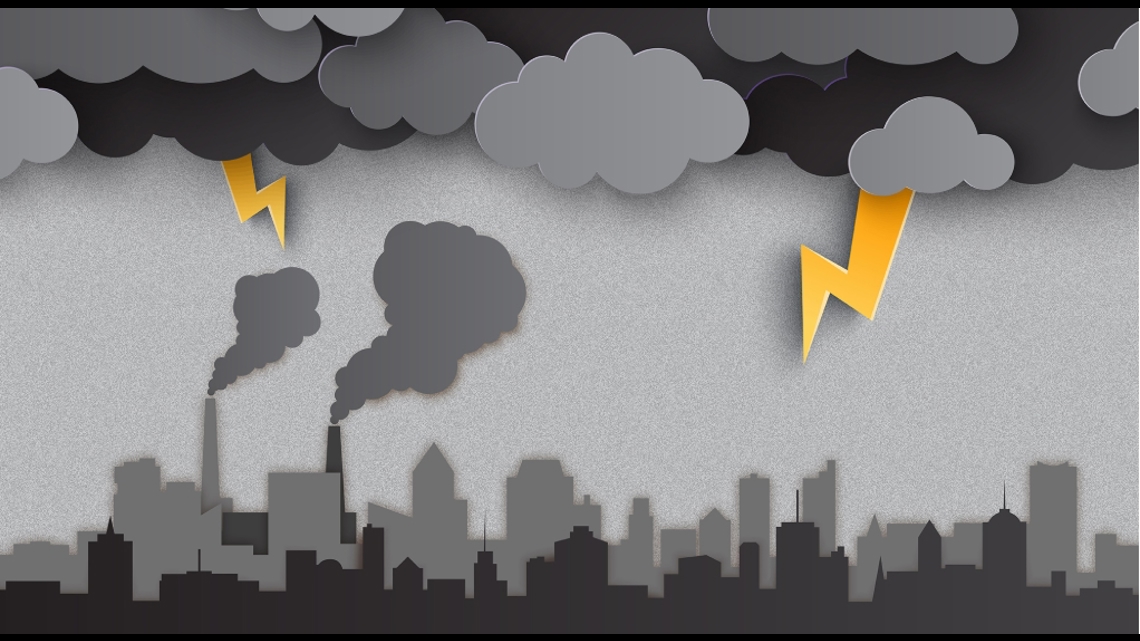
Researchers found environmental pollution increases following severe weather events, including heavy rainfall or lightning.
COLLEGE STATION, Texas — In the heart of College Station at Texas A&M University, researchers are examining if there is a correlation between weather patterns and pollution.
Texas A&M researchers are using the power of artificial intelligence to track the relationship between natural hazards and unplanned chemical emissions to help researchers and policymakers predict, and hopefully prevent, future pollution. They are utilizing incident reports and weather data collected from the Houston area since 2005, according to a report published on Wednesday.
They found that, among other breakthroughs, severe weather events like lightning and heavy rainfall can lead to chemical emissions incidents at industrial facilities, and thus generate environmental pollution.
“In this study, we pursued a data-driven understanding of how climate extremes elevate the likelihood of excessive industrial emissions,” said Dr. Qingsheng Wang, a professor of chemical engineering at Texas A&M. “This understanding is laying the groundwork for predictive tools allowing regulators and operators to anticipate natural hazard-triggered technological accidents.”
A chemical emissions incident is an unplanned release of emissions that causes unauthorized air pollutants to enter the outside environment. Severe weather often create these type of events, with some being more powerful than others.
According to Texas A&M, a chemical emissions incident happened in August 2017 after Hurricane Harvey’s floodwaters disabled the refrigeration trailers at a processing facility. Consequently, at least 350,000 pounds of chemicals eroded into the atmosphere, leading to unexpected pollution.
“Lightning and rainfall aren’t just weather forecast items; they’re leading indicators of pollution spikes,” Haoyu Yang, a chemical engineering Ph. D. student at Texas A&M University College of Engineering, said.
Results found precipitation and lightning are the two dominant predictors of chemical emissions incidents, and therefore of increased pollution. Flooding associated with heavy rain or hurricanes can drive equipment failure, while lightning-induced power loss often forces emergency flaring.
Texas A&M believes the research can help officials and lawmakers find clean air solutions, including forecasting high-risk days with public warnings to reduce exposure to carcinogens and smog precursors released during chemical emissions incidents.
They also said back-up power and flood-proofingat facilities near neighborhoods will also decrease local pollution.
“We discovered that the strength of climate-incident correlations drifts over time, hinting at improving industrial resilience, potentially due to post-Harvey upgrades,” said Yang. “This weakens previously strong climate signals in the later years of the study. Identifying changes in the data over time is now a priority for future research.”
This research is the product of a collaboration between the Artie McFerrin Department of Chemical Engineering and the Texas A&M University Department of Geography. Yang is the first author and the corresponding author is Dr. Qingsheng Wang. The co-authors include assistant professor of geography Dr. Lei Zou, and chemical engineering Ph.D. student Chi-Yang Li.
